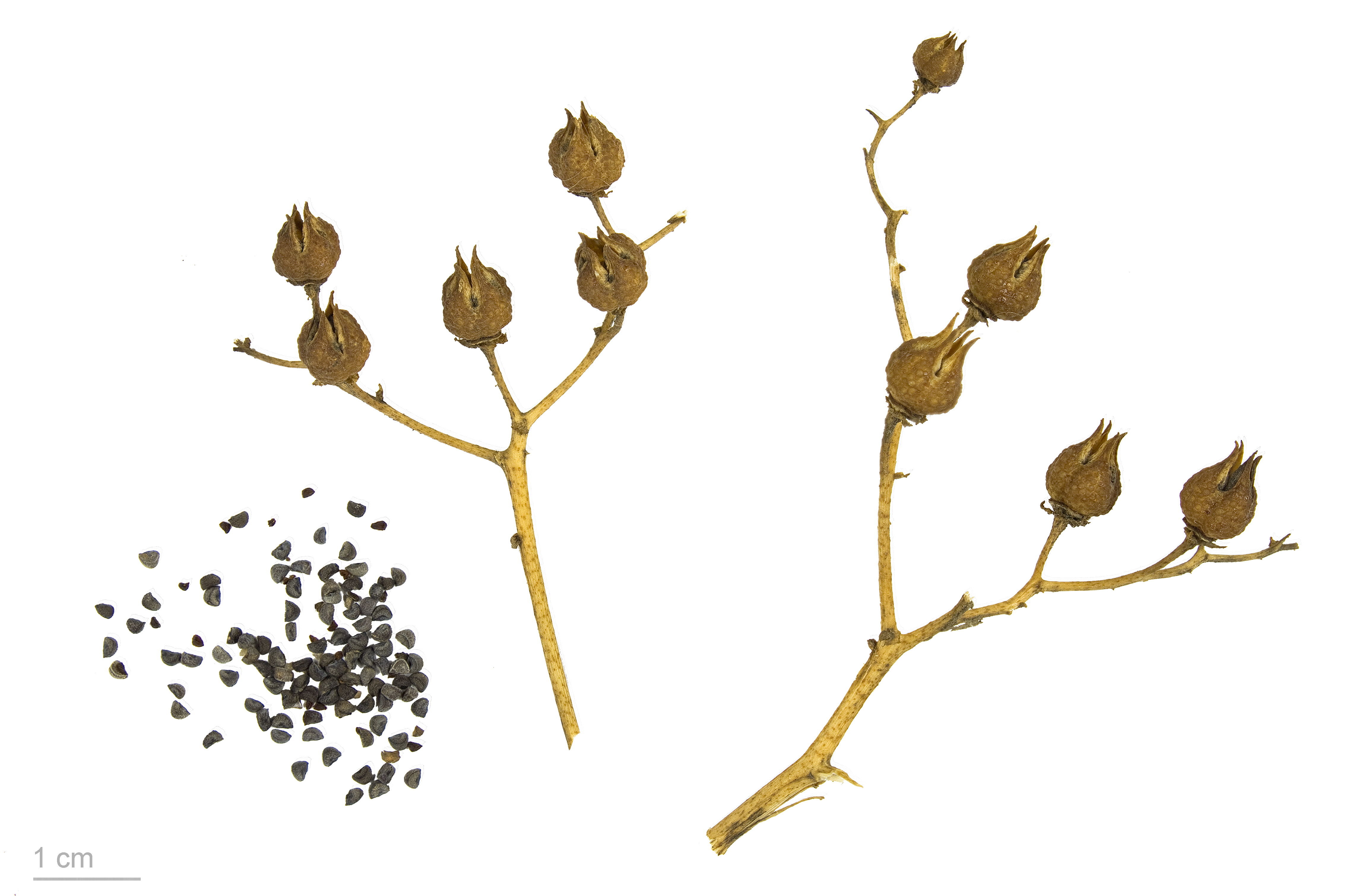|
2-decanone
2-Decanone is a ketone with the chemical formula C10 H20 O. Occurrence 2-Decanone can be found in meats, dairy products and eggs, fruits (banana, mountain papaya, berries), vegetables (potato, mushroom, endive, soya bean, chayote, kumazase), and grains such as maize, rice, and oats. It also is present in fish, some nuts, honey, ginger, garlic, vanilla, hop oil, mate, brandy, tea, and coffee. It is found in the highest concentrations in milk and hop oil. 2-Decanone was also found at varying percentages in the essential oils of plants within the ''Ruta'' genus, including '' R. montana'' and '' R. chalepensis''. Within the stem bark of ''Commiphora rostrata'', 2-decanone was found at 69%. Applications 2-Decanone has been found to possess strong fumigant activity against the maize weevil. However, it is less repellent towards the maize weevil than other alkanones. Synthesis 2-Decanone can be synthesized by reacting 2-decanol with permanganic acid and copper sulfate Copper ... [...More Info...] [...Related Items...] OR: [Wikipedia] [Google] [Baidu] |
Ketone
In organic chemistry, a ketone is an organic compound with the structure , where R and R' can be a variety of carbon-containing substituents. Ketones contain a carbonyl group (a carbon-oxygen double bond C=O). The simplest ketone is acetone (where R and R' are methyl), with the formula . Many ketones are of great importance in biology and industry. Examples include many sugars (ketoses), many steroids, ''e.g.'', testosterone, and the solvent acetone. Nomenclature and etymology The word ''ketone'' is derived from ''Aketon'', an old German word for ''acetone''. According to the rules of IUPAC nomenclature, ketone names are derived by changing the suffix ''-ane'' of the parent alkane to ''-anone''. Typically, the position of the carbonyl group is denoted by a number, but traditional nonsystematic names are still generally used for the most important ketones, for example acetone and benzophenone. These nonsystematic names are considered retained IUPAC names, although some introdu ... [...More Info...] [...Related Items...] OR: [Wikipedia] [Google] [Baidu] |
Ruta
''Ruta'' (commonly known as rue) is a genus of strongly scented evergreen subshrubs, 20–60 cm tall, in the family Rutaceae, native to the Mediterranean region, Macaronesia and southwest Asia. About ten species are accepted in the genus. The most well-known species is '' Ruta graveolens'' (rue or common rue). The leaves are bipinnate or tripinnate, with a feathery appearance, and green to strongly glaucous blue-green in colour. The flowers are yellow, with 4–5 petals, about 1 cm diameter, and borne in cymes. The fruit is a 4–5-lobed capsule, containing numerous seeds. Species , Plants of the World Online accepted ten species: *'' Ruta angustifolia'' Pers. *'' Ruta chalepensis'' L. *'' Ruta corsica'' DC. *'' Ruta graveolens'' L. *'' Ruta lamarmorae'' Bacch., Brullo & Giusso *'' Ruta lindsayi'' Turrill *'' Ruta microcarpa'' Svent. *'' Ruta montana'' (L.) L. *'' Ruta oreojasme'' Webb *'' Ruta pinnata'' L.f. Medicinal uses Extracts from rue have been used to treat ... [...More Info...] [...Related Items...] OR: [Wikipedia] [Google] [Baidu] |
Copper Sulfate
Copper sulfate may refer to: * Copper(II) sulfate, CuSO4, a common, greenish blue compound used as a fungicide and herbicide * Copper(I) sulfate, Cu2SO4, an unstable white solid which is uncommonly used {{chemistry index Copper compounds ... [...More Info...] [...Related Items...] OR: [Wikipedia] [Google] [Baidu] |
Permanganic Acid
Permanganic acid (or manganic(VII) acid) is the inorganic compound with the formula H MnO4 and various hydrates. This strong oxoacid has been isolated as its dihydrate. It is the conjugate acid of permanganate salts. It is the subject of few publications and its characterization as well as its uses are very limited. Preparation and structure Permanganic acid is most often prepared by the reaction of dilute sulfuric acid with a solution of barium permanganate, the insoluble barium sulfate byproduct being removed by filtering: :Ba(MnO4)2 + H2SO4 → 2 HMnO4 + BaSO4↓ The sulfuric acid used must be dilute; reactions of permanganates with concentrated sulfuric acid yield the anhydride, manganese heptoxide. Permanganic acid has also been prepared through the reaction of hydrofluorosilicic acid with potassium permanganate, through electrolysis, and through hydrolysis of manganese heptoxide, though the last route often results in explosions. Crystalline permanganic acid has bee ... [...More Info...] [...Related Items...] OR: [Wikipedia] [Google] [Baidu] |
Alkanone
In organic chemistry, a ketone is an organic compound with the structure , where R and R' can be a variety of carbon-containing substituents. Ketones contain a carbonyl group (a carbon-oxygen double bond C=O). The simplest ketone is acetone (where R and R' are methyl), with the formula . Many ketones are of great importance in biology and industry. Examples include many sugars (ketoses), many steroids, ''e.g.'', testosterone, and the solvent acetone. Nomenclature and etymology The word ''ketone'' is derived from ''Aketon'', an old German word for ''acetone''. According to the rules of IUPAC nomenclature, ketone names are derived by changing the suffix ''-ane'' of the parent alkane to ''-anone''. Typically, the position of the carbonyl group is denoted by a number, but traditional nonsystematic names are still generally used for the most important ketones, for example acetone and benzophenone. These nonsystematic names are considered retained IUPAC names, although some introdu ... [...More Info...] [...Related Items...] OR: [Wikipedia] [Google] [Baidu] |
Maize Weevil
The maize weevil (''Sitophilus zeamais''), known in the United States as the greater rice weevil, is a species of beetle in the family Curculionidae. It can be found in numerous tropical areas around the world, and in the United States, and is a major pest of maize. This species attacks both standing crops and stored cereal products, including wheat, rice, sorghum,Control of Sitophilus zeamais Mots., 1958 and Sitophilus oryzae (L., 1763) weevils (Coleoptera, Curculionidae) in stored rice grain (Oryza sativa l.) with insecticide pirimiphos methyl (Actellic 500 CE) B. Alleoni1, W. Ferreira 9th International Working Conference on Stored Product Protection [...More Info...] [...Related Items...] OR: [Wikipedia] [Google] [Baidu] |
Fumigant
Fumigation is a method of pest control or the removal of harmful microorganisms by completely filling an area with gaseous pesticides, or fumigants, to suffocate or poison the pests within. It is used to control pests in buildings (structural fumigation), soil, grain, and produce. Fumigation is also used during the processing of goods for import or export to prevent the transfer of exotic organisms. Structural fumigation targets pests inside buildings (usually residences), including pests that inhabit the physical structure itself, such as woodborers and drywood termites. Commodity fumigation, on the other hand, is also to be conducted inside a physical structure, such as a storage unit, but it aims to eliminate pests from infesting physical goods, usually food products, by killing pests within the container which will house them. Each fumigation lasts for a certain duration. This is because after spraying the pesticides, or fumigants, only the pests around are eradicated. ... [...More Info...] [...Related Items...] OR: [Wikipedia] [Google] [Baidu] |
Commiphora Rostrata
''Commiphora'' is the most species-rich genus of flowering plants in the frankincense and myrrh family, Burseraceae. The genus contains approximately 190 species of shrubs and trees, which are distributed throughout the (sub-) tropical regions of Africa, the western Indian Ocean islands, the Arabian Peninsula, India, and South America.Weeks, A. and Simpson, B.B. 2007. Molecular phylogenetic analysis of ''Commiphora'' (Burseraceae) yields insight on the evolution and historical biogeography of an “impossible” genus. Molecular Phylogenetics and Evolution. 42:62–79. The genus is drought-tolerant and common throughout the xerophytic scrub, seasonally dry tropical forests, and woodlands of these regions. The common name myrrh refers to several species of the genus, from which aromatic resins are derived for various fragrance and medicinal uses by humans. A previously unknown species belonging to this genus has been grown from a single ancient seed and tentatively identified as ... [...More Info...] [...Related Items...] OR: [Wikipedia] [Google] [Baidu] |
Ruta Chalepensis
file:Ruta chalepensis Dried fruits Tigray Region Ethiopia.jpg, Dried fruits. ''Ruta chalepensis'' is a species of flowering plant in the Rutaceae family known by the common name fringed rue. It is native to the Mediterranean and is found elsewhere as an introduced species. It is a perennial herb growing up to 80 centimeters tall. The leaves are compound, each divided into several segments which are subdivided into smaller leaflets. The inflorescence is a cluster of flowers, each with four or five bright yellow petals with rolled, fringed edges. The fruit is a textured capsule which is divided into pointed lobes. In herbalism, traditional herbal medicine, the plant is used as for a number of ailments, such as fever and inflammation. ''R. chalepensis'' is the original source of the chemical compound chalepensin. Culinary ''R. chalepensis'' is an introduced species in Ethiopia, where it is cultivated in gardens in almost every province of the country and used as a culinary herb. ... [...More Info...] [...Related Items...] OR: [Wikipedia] [Google] [Baidu] |
Ruta Montana
''Ruta'' (commonly known as rue) is a genus of strongly scented evergreen subshrubs, 20–60 cm tall, in the family Rutaceae, native to the Mediterranean region, Macaronesia and southwest Asia. About ten species are accepted in the genus. The most well-known species is ''Ruta graveolens'' (rue or common rue). The leaves are bipinnate or tripinnate, with a feathery appearance, and green to strongly glaucous blue-green in colour. The flowers are yellow, with 4–5 petals, about 1 cm diameter, and borne in cymes. The fruit is a 4–5-lobed capsule, containing numerous seeds. Species , Plants of the World Online accepted ten species: *''Ruta angustifolia'' Pers. *''Ruta chalepensis'' L. *'' Ruta corsica'' DC. *''Ruta graveolens'' L. *'' Ruta lamarmorae'' Bacch., Brullo & Giusso *'' Ruta lindsayi'' Turrill *'' Ruta microcarpa'' Svent. *'' Ruta montana'' (L.) L. *''Ruta oreojasme'' Webb *''Ruta pinnata'' L.f. Medicinal uses Extracts from rue have been used to treat eyestr ... [...More Info...] [...Related Items...] OR: [Wikipedia] [Google] [Baidu] |
Mate (drink)
Mate ( ; Spanish: , Portuguese: ) is a traditional South American caffeine-rich infused herbal drink. It is also known as in Portuguese, in Spanish, and ''kaʼay'' in Guarani. It is made by soaking dried yerba mate (''Ilex paraguariensis'') leaves in hot water and is traditionally served with a metal straw () in a container typically made from a calabash gourd (also called the ), from water-resistant hardwoods such as Lapacho or Palo Santo, and also made from a cattle horn () in some areas. A very similar preparation, known as , removes some of the plant material and sometimes comes in tea bags. Today, mate is sold commercially in tea bags and as bottled iced tea. Mate has been originally consumed by the Guaraní and Tupi peoples native to Paraguay, north-east of Argentina and South of Brazil. After European colonization, it was spread across the Southern Cone countries, namely Argentina, Paraguay, Uruguay and Chile, but it is also consumed in the South of Brazil and ... [...More Info...] [...Related Items...] OR: [Wikipedia] [Google] [Baidu] |






